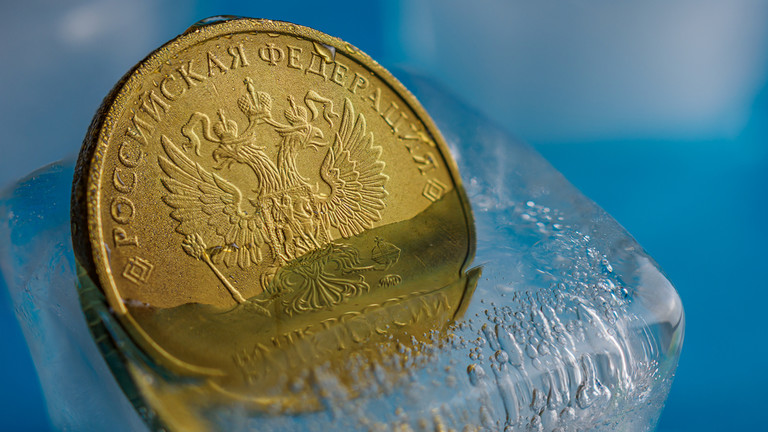The European Union has provided Ukraine with €9 billion ($10.5 billion) in loans this year, financed by profits generated from Russia’s frozen central bank reserves, according to fresh European Commission data.
The funds are part of a wider Western initiative to support Kyiv without directly seizing Moscow’s estimated $300 billion in blocked assets. Around €200 billion of these reserves are held by Euroclear, a Brussels-based clearinghouse, which has accumulated billions in interest since sanctions were imposed in 2022.
The EU pledged $21 billion under last year’s G7 plan to offer Ukraine $50 billion in loans, repaid through profits from frozen Russian assets. The latest €1 billion disbursement marked the seventh tranche delivered in 2025, bringing the total to €9 billion.
READ MORE: EU Foreign Policy Chief Condemns Israeli E1 Settlement Plan
Moscow has repeatedly denounced the scheme as “illegal,” warning it undermines global financial stability and erodes trust in Western institutions. Russian officials have argued that even the freeze itself constitutes an act of “robbery” and damages confidence in the safety of international reserves.
Experts, including economists at think tank Bruegel, the IMF, and Euroclear, have cautioned that diverting profits from foreign reserves without a legal framework risks destabilizing the global monetary order. Analysts warn such moves could accelerate a shift toward regional payment systems and weaken the role of Western financial hubs.
Despite the warnings, several EU member states advocate expanding the use of frozen Russian assets to further fund Ukraine, while others urge caution over the potential legal and geopolitical fallout.









